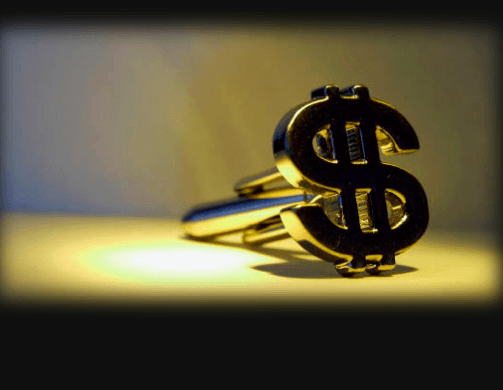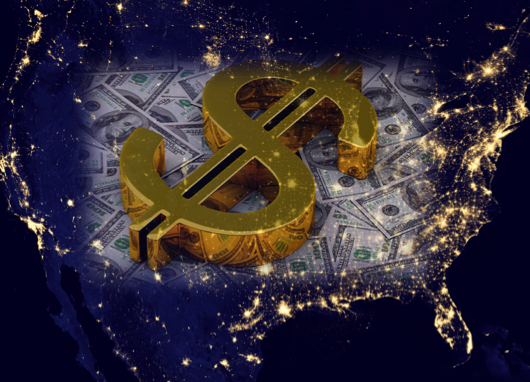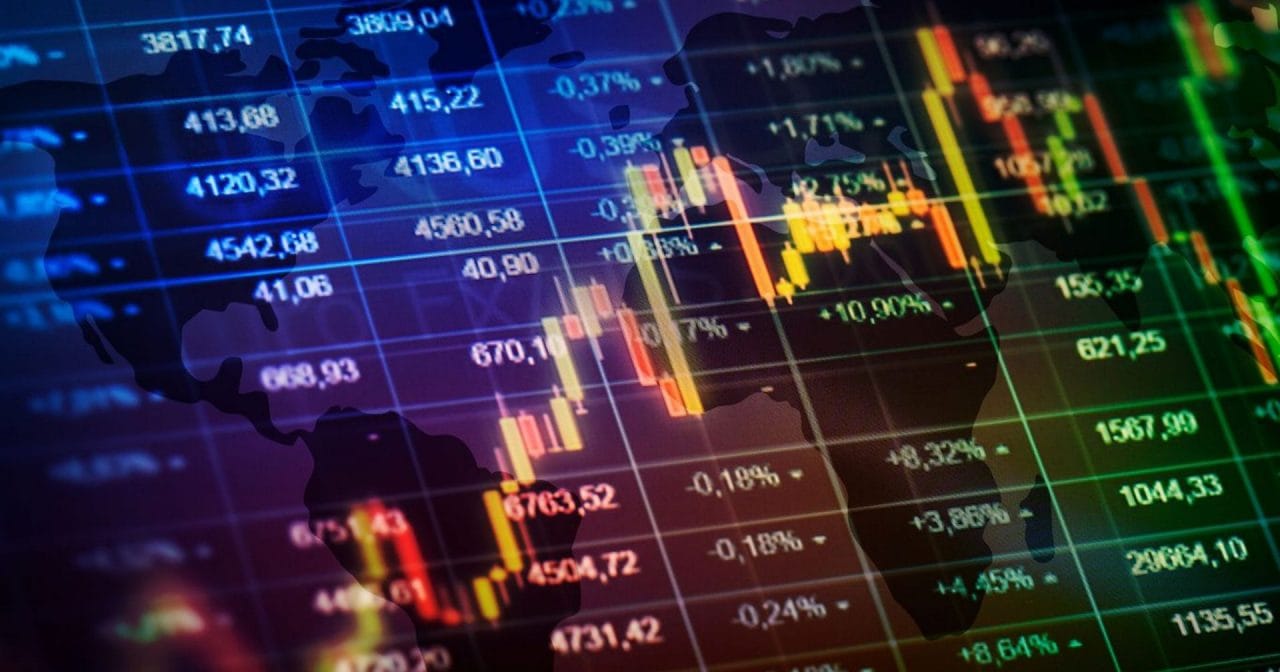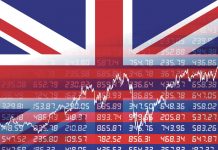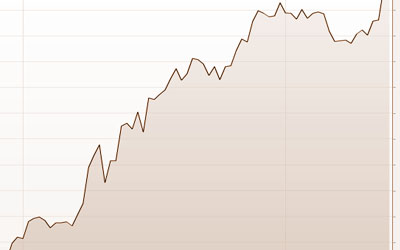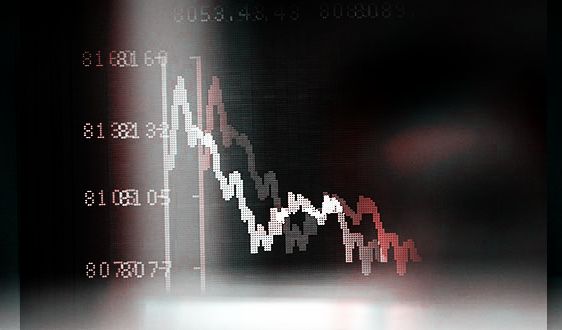The US dollar climbed against a basket of world currencies on Wednesday after data showed a faster than expected rise in US job creation, suggesting the Federal Reserve may have the justification it needs to begin lifting rates as soon as October.
US private sector employers added 200,000 jobs in September, following a downwardly revised gain of 186,000 in August that was originally reported as 190,000, payrolls processor ADP said on Wednesday. A median estimate of economists called for a gain of 195,000.
“The U.S. job machine continues to produce jobs at a strong and consistent pace,” said Mark Zandi, chief economist of Moody’s Analytics. “Despite job losses in the energy and manufacturing industries, the economy is creating close to 200,000 jobs per month. At this pace full employment is fast approaching.”
The Labor Department will release official September nonfarm payrolls data on Friday.
The US dollar responded positively to Wednesday’s report, rising sharply against a basket of world currencies. The dollar index climbed to a session high of 96.32. It would subsequently consolidate at 96.23, advancing 0.4%.
The US dollar gained traction against the euro after a series of choppy sessions earlier in the week. The EURUSD declined 0.5% to 1.1191. The pair is likely to face initial support at 1.1146, the low from September 28. On the upside, initial resistance is likely found at 1.1281, the high from September 29.
The dollar also rebounded more than 0.2% against the British pound and Japanese yen.
A surging US dollar coincided with another sharp fall in gold prices. Gold for December delivery, the most actively traded contract, plunged $9.80 to $1,117.00 per troy ounce. The yellow metal is down more than $33 since September 24.
A stronger jobs market has been the boon of the US recovery over the past two years. Another month of above-200,000 jobs growth puts the pressure back on the Federal Reserve to begin tightening policy before the end of the year. However, with US economic growth forecast to slow in the third quarter, policymakers are expected to wait until at least December to begin raising rates. According to a broad consensus of economists, the US economy expanded less than 2% annually in the third quarter after surging 3.9% in the April to June period.
Tradersdna is a leading digital and social media platform for traders and investors. Tradersdna offers premiere resources for trading and investing education, digital resources for personal finance, market analysis and free trading guides. More about TradersDNA Features: What Does It Take to Become an Aggressive Trader? | Everything You Need to Know About White Label Trading Software | Advantages of Automated Forex Trading


























